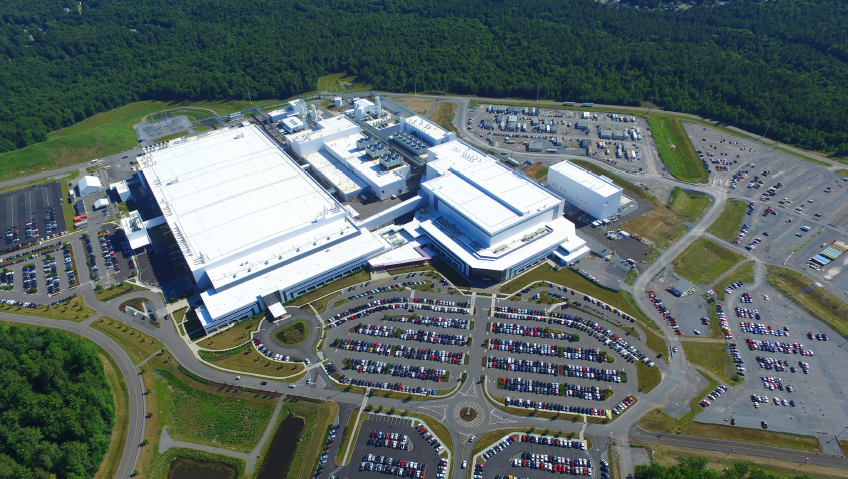Agriculture is both an economic driver and a social determinant of well-being, as it employs many people while also providing the food supply healthy communities depend on.
With one of the world’s most productive agricultural economies, the province of Alberta brought in $22.2 billion in revenue in 2020, more than any other province. According to Alberta WaterPortal, in 2021 there were over 41,500 farms in the province, representing 22 percent of Canada’s total number of farms and 32 percent of Canada’s total farmland, second only to Saskatchewan.
The province has an abundance of arable land, sunshine, and the processing facilities and infrastructure to support the sector’s operation, but as land is developed for industrial and residential uses, the availability and quality of those farmlands continue to be depleted. This is exacerbated by changing weather patterns and the frequency of severe weather events.
Confronting challenges head-on
While struggle is not new to Alberta’s farmers and ranchers, the last several years have been particularly challenging as drought conditions are worse than in the 1920s and ’30s when the provincial economy was crippled by a persistent dry spell. Dry conditions lead to soil erosion and irreparable crop damage.
Warmer temperatures and colder winters also create an environment for pests to thrive, leading to infestations and the need for pesticides or other forms of defence. All these issues are pressuring farmers to create comprehensive risk management and business plans that recognize all the contingencies that may arise in a year. For some, the outlook is bleak. Yield expectations continue to be down, especially in south and east Alberta, while northern Alberta is experiencing 50-year lows of moisture, with a lack of snow in the winter and insufficient volumes of spring precipitation leading some communities to declare an agricultural state of emergency.
Paired with higher-than-average temperatures, this looks like disaster on many fronts. It also creates perfect conditions for wildfires, which require water to be extinguished, placing an even greater strain on available resources and the people who depend on them, and worsening the water shortages currently being experienced in the province.
As it stands, fracking activities have been halted, municipal water use has been curbed, and industrial uses have been reduced, all markers of how far-reaching these impacts are. As water becomes more scarce or valuable, prices could be impacted. This could also affect water flow agreements. Some farmers and other licensees have already had to revise usage agreements and reduce their water use.
Alberta finds itself in a unique situation as other provinces also rely on the water from its rivers. The Prairie Province Water Board was established in 1948 to ensure that available resources were shared fairly between Alberta, Saskatchewan, and Manitoba, an agreement that was changed in 1969 via the Master Agreement on Apportionment (MAA).
Farmers will have to confront these challenges head-on, a big task given that weather and wildfires are out of their control. Sometimes adaptation is forced but necessary, and that is what is happening in Alberta currently.
A sector in adaptation
In Alberta, as in many advanced economies around the world, agriculture is in transition—partially because change is inevitable, but also because innovation is necessary. Variable weather patterns and seasonal conditions are placing excessive strain on arable lands and crop production.
The agricultural sector is adapting to these conditions and seeking to remedy its sudden vulnerability through the adoption of advanced agricultural practices. Conservation tillage can increase soil carbon storage and reduce fossil fuel use while increasing productivity, offering lower operating costs and carbon emissions while promoting climate resilience, improved moisture infiltration, and nutrient cycling via a comprehensive nutrient management plan.
And, while climate change is often viewed purely negatively, it can also mean shorter and milder winters with longer growing seasons and higher average temperatures. These conditions can support crop diversification efforts, and farmers can employ crop rotations that provide better disease, insect, and weed resilience. Farmers can also take advantage of different crop types: shorter crops like lentils or those that require less water, like wheat and barley.
But even low-water crops need some water, and when resources are restricted, this will make little difference. At present, canola, an important crop in Alberta, has been impacted, and farmers are unable to capitalize on higher prices for this commodity, adding further insult to injury. Input costs, including those of fuels and fertilizers, continue to increase but yields do not, and for this reason more and more farmers are looking to technology to improve productivity and efficiency in the interests of profitability.
Tech-enabled solutions
Industry isn’t the only sector undergoing a technological revolution. Very often we hear about Industry 4.0, but agriculture, too, has undergone a renaissance when it comes to its rate of tech adoption. Farmers and ranchers can utilize advanced technology in their cropping and livestock systems, support the transition to a low-carbon economy, and adapt to climate change-related impacts by adapting their methods and adopting new and useful advancements.
Technology can be used to support precision agriculture in several ways. Advancements in satellite mapping, automation, GPS-enabled equipment, biotechnology, sensors, and artificial intelligence (AI) are providing support to farmers in achieving higher yields, less food waste, and better pricing of the foods being produced.
Part of this is fueled by the ever-improving flow of data and information. Data-enabled decision-making can help farmers identify the sweet spot where crops grown according to conditions and sent to the right market, at the right time, for the best possible price, in the safest possible way.
Indeed, Alberta is among the leaders using autosteer and drone technology, as well as other tech-enabled ag solutions. According to Statistics Canada, four years ago nearly a third of all farms in Alberta reported using autosteer equipment, a rate higher than the national average. This is due in part to the types of crops grown, but also demonstrates the province’s commitment to adopting new technologies. This is also true of drone use: Alberta has the third highest rate of drone use (higher than the national average) as well as use of sensors that allow farmers to monitor weather, crop diseases, moisture levels, and other conditions, helping to proactively mitigate threats to their crops.
There is, however, a cost associated with all these investments, and farmers who’ve had several lean years will need support to find the wherewithal to take up these tech-enabled solutions.
Investing in innovation
Organizations like Alberta Innovates are advancing agri-food innovation through funding initiatives to better leverage data and tech-enabled solutions that help improve productivity and yield and reduce inputs and emissions for a safer and more sustainable food supply. The organization and the province seem to recognize the impact that agriculture has from an economic standpoint, but also the role it plays in employing Albertans and providing the food supply necessary for a healthy, sustainable community.
Through these initiatives, technology can be adopted at a greater rate and the infrastructure for a tech-enabled sector can be built to ensure that everyone has access to these developments.
Some challenges that need to be addressed include intellectual property and the propensity to keep innovation for oneself or commercialize it at a price not everyone can afford. Given that agriculture is key to community, how the technology and solutions are delivered must include equity and fairness so that the gap between haves and have-nots does not continue to expand.
Initiatives that can be undertaken without the need for extensive capital investments include the development of a long-term water management plan, which may require collaboration with government to improve efficiencies across the entirety of the farm’s management using technology and data. Governments also must do more to improve environmental conditions, including the restoration and preservation of wetlands, which will require them to balance development and sustainability more thoughtfully, supporting agriculture as an economic driver and reinforcing the food supply chains on which communities rely.
Alberta’s agricultural sector stands at a crossroads, where the challenges posed by climate change, resource scarcity, and economic pressures call for a transformative approach. Embracing technological innovations and sustainable practices is not merely an option but a necessity to ensure the long-term viability of farming in the province. While the path forward involves significant investment and collaboration between farmers, government, and innovators, the potential rewards—higher yields, reduced environmental impact, and a resilient food supply—are well worth the effort.






